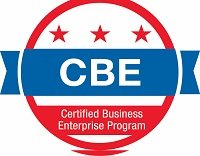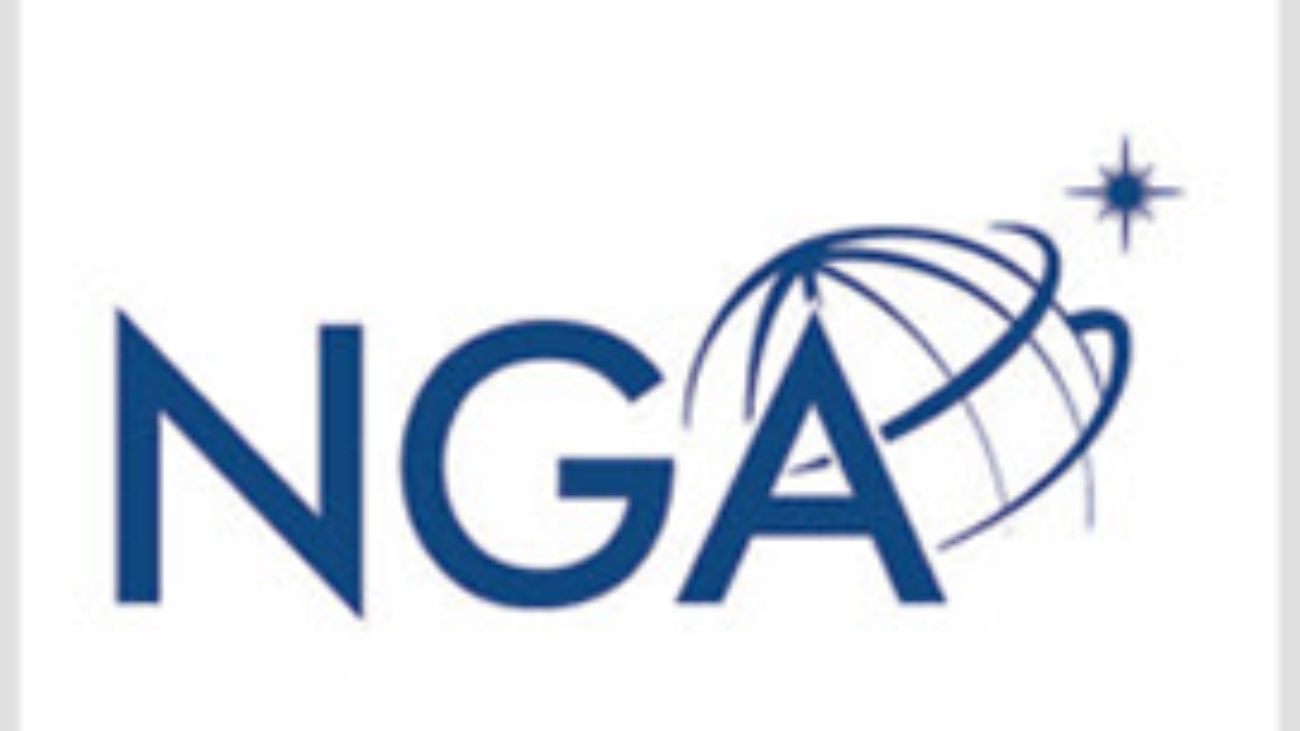One of the questions I am asked most often is, “Why do I need Medicare if I already have lifetime health insurance coverage under the Federal Employees Health Benefits program?” For some retirees, the answer is, “It’s required.” This includes:
- Military retirees must enroll in Medicare Parts A and B to be eligible for Tricare for Life (TFL). TFL is “Medicare-wraparound” coverage. There are no enrollment fees, but you must pay Medicare Part A and Medicare Part B monthly premiums. Federal retirees may suspend FEHB coverage and premium payments at any time. Visit www.opm.gov/forms to get a Health Benefits Cancellation/Suspension Confirmation form (RI 79-9). You can learn more about TFL here: https://www.tricare.mil/Publications/Handbooks/tricare_for_life
- Postal retirees who retire after Jan. 1, 2025, and are younger than age 64 on that date, are required to enroll in Medicare Part B when they become eligible to keep their health insurance coverage under the new Postal Service Health Benefits Program. These employees’ family members are also required to enroll in Medicare Part B when they become eligible for Medicare. You can learn more about the new PSHB program here: https://www.opm.gov/healthcare-insurance/pshb/
For other federal employees, the decision to enroll in Medicare is optional. To test your understanding of the coordination of Medicare and FEHB, here are 10 True or False questions. You will find the answers at the end.
- True/False Some FEHB plans will give money back to enrollees for paying the Medicare Part B premium.
- True/False All FEHB plans waive their cost-sharing (deductible, copayments, and coinsurance) when Medicare is the primary payer.
- True/False Medicare Part B will cover drugs that are administered by a health care provider, or through medical equipment at home such as drugs that are injected or infused.
- True/False Many FEHB plans offer a Medicare Advantage option to plan enrollees. You’ll continue to pay your Part B premium with the Medicare Advantage plan. It provides the same coverage as Original Medicare but with additional benefits you wouldn’t get, such as $0 deductible and excellent prescription benefits. Plus, many of these plans will reduce your Medicare Part B premium by $100 or more per month. You may also get access to programs that may help you reach your health potential, such as SilverSneakers® fitness membership and more.
- True/False Federal retirees who cancel their FEHB coverage to enroll in Medicare Parts A and B can later reenroll.
- True/False Another name for Medicare Advantage Plans is Medicare Part C.
- True/False Retirees who choose not to enroll in Medicare Part B at age 65 or at retirement (if later), can enroll at a later age without incurring a late enrollment penalty.
- True/False Employees who retire after age 65 may delay Medicare Part B enrollment without incurring a late enrollment penalty during a Special Enrollment Period that lasts eight months after retirement.
- True/False To find the best FEHB plan to enroll in when Medicare is the primary payer, you should choose one with the most expensive premiums.
- True/False Starting in 2024, some FEHB plans have enrolled retirees who have Medicare Part A and/or Part B in a Part D, Medicare Prescription Drug Program (MPDP).
Answer Key:
- True. As an incentive to enroll in Medicare Part B, some FEHB plans offer a partial rebate for Part B premiums or a health fund to use to pay some of the premium. These rebates vary from plan to plan but are often between $800 – $1,000 / year per individual enrolled in Part B.
- False. Check Section 9 of your FEHB plan brochure or your FEHB plan website to learn which of the provider’s plans coordinate best with Medicare Part A & Part B.
- True. The key difference between drugs covered under Medicare Part B and Part D is that Part B generally covers drugs that require administration by a healthcare provider, like injections given in a doctor’s office, while Part D covers most prescription drugs that can be self-administered at home, like pills or inhalers you take yourself; essentially, Part B covers drugs usually administered during a medical service, while Part D covers most standard prescription drugs you buy at a pharmacy.
- True. Many FEHB carriers have introduced a Group Medicare Advantage Plan for their members. This provides a choice and value to members through new plan options. Once enrolled in the Medicare Advantage option, there will be the benefits of your original Medicare plan (Parts A and B), with prescription drug coverage (Part D) and additional benefits and features for no additional premium.
- False. If you are a federal retiree who continued your FEHB coverage and you decide to cancel your FEHB enrollment, you should be aware of the consequences. You CANNOT re-enroll in the FEHB Program; it is a one-way ticket out of the program. The only exception is if you are canceling your enrollment be covered under your spouse’s FEHB enrollment. You and your enrolled family members will not be eligible to enroll in temporary continuation of coverage or convert to a nongroup contract; in addition, the 31-day extension of coverage does not apply to cancelled enrollments.
- True. “Medicare Part C” and “Medicare Advantage” are the same thing; they both refer to a type of health plan offered by private companies that provides coverage like Original Medicare (Parts A and B) and they often include additional benefits like prescription drug coverage (Part D) and sometimes dental or vision care. You may suspend your FEHB coverage to enroll in a Medicare Advantage plan using the medicare.gov plan finder or you can remain enrolled in your FEHB plan while enrolled in a Medicare Advantage Plan. Some FEHB plans offer this coverage as an enhanced benefit of the FEHB plan, or you may enroll in a “commercial” Medicare Advantage Plan through https://www.medicare.gov/plan-compare/#/?year=2024&lang=en
- False. If you did not enroll for Part B during your initial enrollment period (IEP) which began three months before you reached age 65, the month of your birthday, and three months after your birthday, you may qualify for a Special Enrollment Period (SEP) to sign up for Part B anytime as long as you or your spouse is working and you’re covered by a group health plan through that employment.
- True. For federal employees who are covered by FEHB through their current employment (or their spouse’s current employment), there is an 8-month SEP which starts the month after your employment ends. If you sign up during an SEP, the late enrollment penalty will not apply. Other than your IEP or SEP, you can only sign up for Part B during the General Enrollment Period (GEP), which runs from January 1 to March 31 each year. Your coverage will begin the first of the month following the month you enrolled during the GEP. You will pay a permanent penalty equal to 10 percent of the standard Part B premium for every 12-month period that you could have been enrolled in Part B but weren’t.
- False. The premium cost of the FEHB plan is not the only factor that determines the quality of the plan as some of the best plans that coordinate benefits with Medicare are among the least expensive. While it is true that some of the least expensive plans provide more “basic” coverage with higher cost sharing, many plans that work very well with Medicare are low-cost plans such as the following plan options as well as many HMOs that are specific to your area (premiums listed below are 2024 rates; 2025 rates will be available closer to open season):
- BC/BS Basic, $ (Plan Code) $207.44 (111), $568.96 (112), $517.03 (113)
- APWU High Option, $ (Plan Code) $269.79 (472), $658.77 (472), and $530.73 (473)
- Aetna Direct, $ (Plan Code) $160.80 (N61), $405.51 (N62), $352.64 (N63)
- Aetna Medicare Advantage, $ (Plan Code) $125.00 (Z24), $331.25 (Z25), $275.00 (Z26)
- GEHA Standard Option $ (Plan Code) $151.99 (314), $403.76 (315), $326.79 (316)
- GEHA High Option, $ (Plan Code) $235.41 (311), $663.56 (312), $540.95 (313)
- MHBP Standard Option, $ (Plan Code) $174.65 (454), $405.88 (455), $402.01 (456)
- Foreign Service Benefit Plan, $ (Plan Code) $179.01 (401), $442.83 (402), $457.82 (403)
- Compass Rose Standard Option, $ (Plan Code) $114.55 (424), $274.92 (425), $252.00 (426)
- NALC High, $ (Plan Code) $237.05 (321), $480.54 (322), $554.36 (323)
- SAMBA Standard $(Plan Code) $185.03 (444), $422.13 (445), $398.24 (446)
True. The Inflation Reduction Act of 2022 (Public Law 117-169) made some significant improvements in the cost of prescription drugs under Medicare Part D. As a result of these improvements, the Office of Personnel Management encouraged FEHB carriers to offer Medicare Part D benefits either through Medicare Advantage Group Waiver Plans (MA-PD EGWP) or Prescription Drug Plan (PDP) EGWPs through traditional FEHB plans. For the 2024 plan year, 39 FEHB plans offered this prescription drug benefit.











